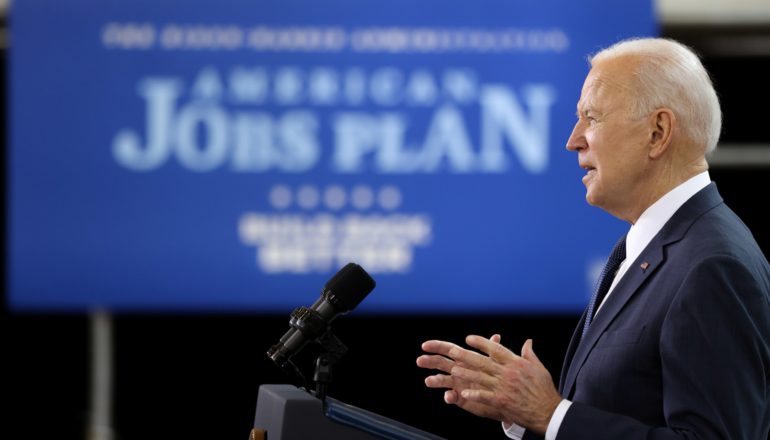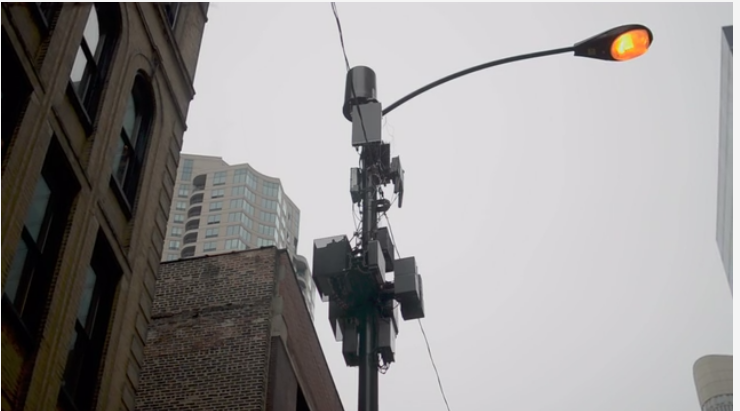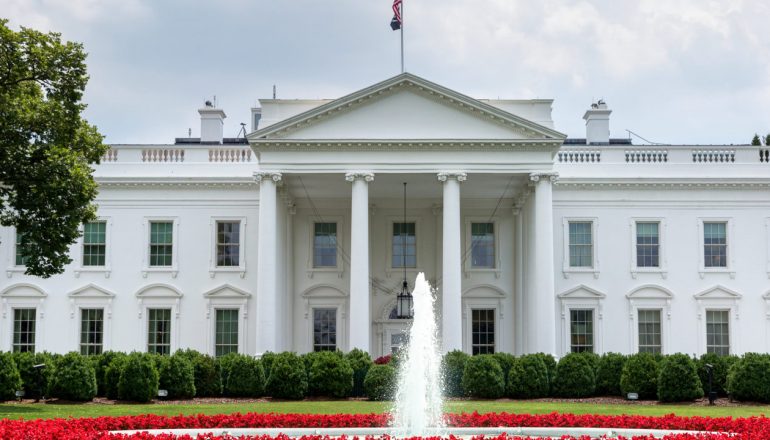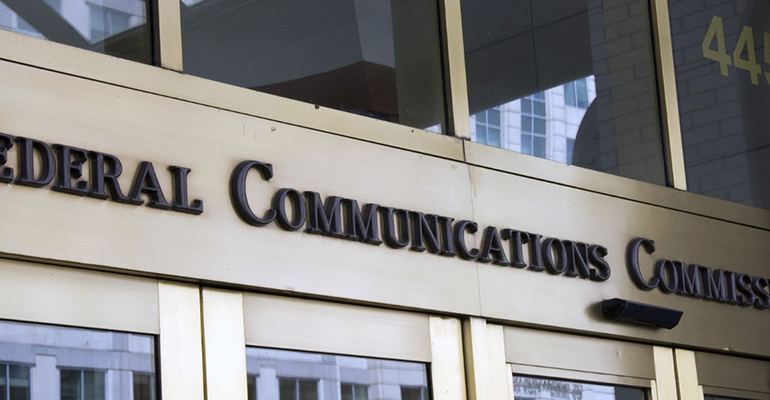NTIA Map Has Real but Limited Value
Indicators of Broadband Needs sheds light on low-income areas with limited broadband use. It doesn’t answer questions about how much money we need to spend on infrastructure, what speeds such spending should target, whether the providers should be public or private, and how such money should be spent.
Multi-Gigabit SOHO Networks are Here
The era of multi-gigabit networks is here for residential and SOHO users. Wi-Fi 6 is in the indirect enabler.
Universal Broadband: A 21st Century View
The way forward is to prioritize urgent needs over long term visions. In cases where a new wireline network is the only solution that will get a rural community online, of course that network needs to be all fiber and potentially symmetrical. But such cases are rare.
Rewiring America Smartly
The task of determining the eligibility of broadband networks for federal subsidies is best left to technical agencies, such as the FCC, capable of separating fact from fiction.
Biden’s Zombie Broadband Plan
While we have work to do in rural and poor America, we are not at a point where we can afford to turn our backs on emerging technologies in favor of a zombie broadband plan born in the last millennium.
Broadband After the Pandemic
As the pandemic starts to fade, we won’t return to the old normal but we’ll reach a new normal with more broadband of all kinds, especially mobile, with less TV watching. Against that background, the efforts of Congress to shore up the old normal are going to fail.
No Repeal Without a Replacement
Let’s identify a pair of problems for Congress to address with specific guidelines and see where that takes us. I nominate arbitrary moderation and data privacy and security.
Preserving Internet Integrity
A discussion with Dominique Lazanski and Stacie Hoffman on China’s invasion of Internet standards organizations
Reply Comments on the FCC Remand
In this remand proceeding, critics of the RIF Order have failed to provide useful or informative insights on ensuring the needs of public safety are protected though regulation. Overall, the impression that light-touch regulation of the Internet provides the best blend of technical progress and protection of legacy Internet applications is reinforced even by critics of the current regime.
Broadband in the Lockdown Era
At least part of this problem will depend on making the necessary enhancements to the Internet architecture that will enable us to provide a kid-safe Internet experience. This may be the hardest part, actually, because it’s the only part that’s not simply a matter of money.











